Avebury Part 6/6 - White horses and crop circles.
In Wiltshire, these two phenomena capture the imagination. There is something to be told about it, but the story is not entirely conclusive.
Where did that white color come from?
Without a doubt, the white color has to do with the huge chalk layer that is present in the subsurface. Chalk is deposit rock that consists mainly of lime. Depending on the chemical composition, that lime can be white and then one speaks of chalk, the lime can also be yellowish and then one speaks of sandstone. The chalk we are dealing with is part of the Chalk Group. This is a deposit layer that is present in the Isle of Wight, South Downs, Dover and Normandy. So that chalk back runs in an arc through southern England to France. At the level of the Channel, that back was breached because the seawater was easily given play on the soluble lime. The chalk layer is close to the surface. It stretches over about 300 km in length and 80 km in width. She’s 60 m thick on average. We have already come across that white color at:
- The ditch and earthen shore in the Henges of Avebury and Stonehenge. They must have come across snow white in their first existence for centuries.
- Silbury Hill. This artificial hill was a white beacon for the entire area.
- Isle of Wight. The Needles are a theme park here.
- South Downs. The Seven Sisters shine on many postcards.
- Dover. World famous here are the white chalk cliffs.
- Étretat. Three natural arches and white cliffs that rise high above the beach.
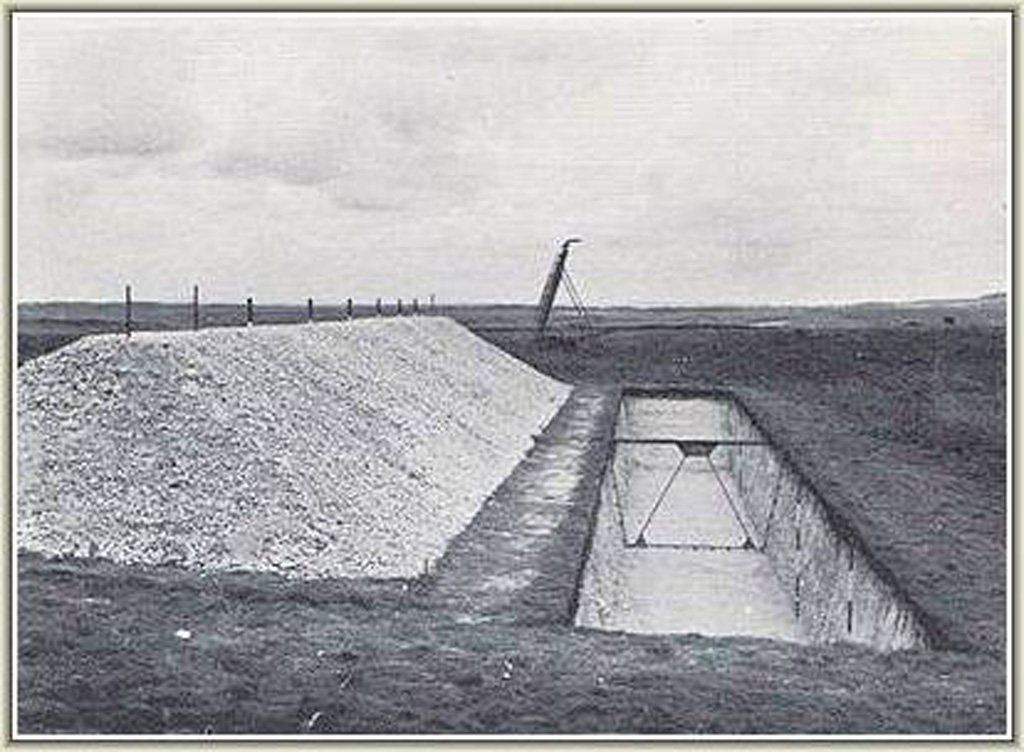
Overton Down. As an experiment, an elongated well was excavated here in 1960. The white chalk comes into its own. Shore and ditch had a height difference of 9 m.
White Horses of Wiltshire.
Eight carved horse figures can be seen in the lime hills of Wiltshire. In fact, there are thirteen, but five have grown. The English have a thing for horses, they will hardly ever eat these noble animals, for example. Chiseling white horses into the limestone is actually a kind of national sport of all time:
- Farmers chop a horse out of the limestone on a hill on their own estate to personalize their terrain.
- Student clubs and associations imitated them. The most recent horse was made in 1999 to strengthen the millennium.
Two horse figures are located near Avebury:
- The Preshute White Horse, an example in Marlborough. This was made in 1804 by boys from the local boarding school. The horse is 62 m long at 47 m high. It has become somewhat thinner since the beginning of the twentieth century due to a temporary lack of maintenance. It was restored again in September 2001. It is still sanded off annually and cleaned up by the students during their party week. A verse of the school song refers to the horse. It is best to see this horse figure on foot because trees obstruct the view for a long time. From Marlborough College, walk along the footpath along the A4 (towards Bath) and then left to Preshute Church. Again on the left is the horse to be seen.
- The Hackpen White Horse. Another very clear example is on the road from Avebury to Swindon in the north, towards M4. It is located on the A4361 on the right, on the Hackpen Hill. Small but fine. This horse was supposed to have been made during the reign of Queen Victoria in 1838. The intention was to commemorate her coronation of one year ago. Promoters were the breadwinner and the owner of the local pub. The dimensions are 27 m by 27 m. The limited slope would be compensated by playing with perspective. It is interesting to add that in the summer the horse is covered with colorful cloths by the local circle of friends to give it a little more fleur. Once upon a time, the horse did not escape the so-called Red Nose Day. Up close it is all much less beautiful and there was a time when the horse was only in a very good place. Opponents, by the way, looked more like a fox than a horse. Nevertheless, there are annual barn days where the contours are refreshed and the horse is maintained. The horse can be reached on foot from a car park. You can touch it easily.
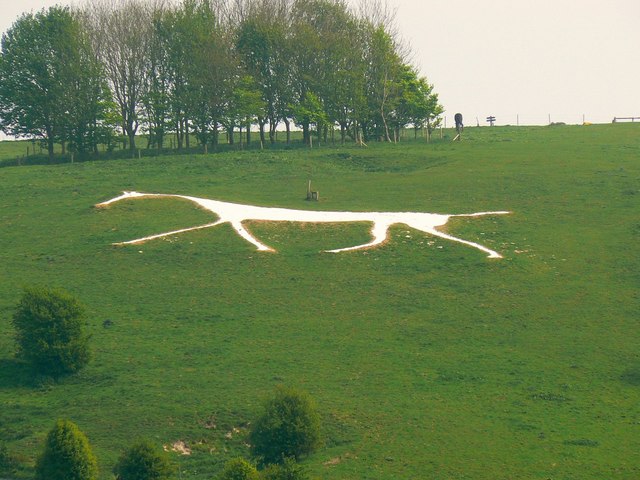
The Hackpen on Wikipedia
Uffington White Horse.
We are in Oxfordshire, a county other than Wiltschire and about 30 km from Avebury. Here too the landscape is hilly, there is the White Horse Hills which are about 850 m high. The lime area is bisected by the Thames and some of its tributaries.
This is the oldest and perhaps therefore the most famous White Horse, Uffington is located in the White Horse Hills. It dates back to the Iron Age between 100 bc and 100 AD. The White Horse is about 123 m long and is about 30 m high in the landscape. The horse is presented in a stylized form. It’s about the only horse looking to the right. The horse can be seen from the A420, the B4508 and the B4507. Best of all, however, it can be seen from the air.
There are several genesiss because 2000 years is a long time. None is convincing:
- According to an ancient legend, Saint George would have killed his dragon here. This would have happened on Dragon Hill, a hill nearby with a remarkably flat top. For some, it is not a horse but a dragon.
- For a long time it was thought that the White Horse was built by the King Alfred in 871 to commemorate his victory over the Danes. In this scenario, there is a time problem.
- Alternatively, it was thought that the Anglo-Saxon migrants had taken the initiative sometime in the 5th century, but here too a shoe is pinched.
It has to be maintained. From this horse it is therefore certain that this has happened continuously over the course of 2000 years. The tradition dictates that the local landlord must organize and finance a refurbishment once every 7 years, in which the entire local population participates. With iron brushes, the underlying layer of kalens is made more visible again. In recent years it has become a folkloric event for the benefit of the local tourist industry and the event is accompanied by a cheese market and the like.
During the second world war it was deliberately hidden, so as not to serve as a navigation point for bombers.
Function of White Horses in general.
Logically one should look no further than: sign, attraction, landmark, stunt, life’s work, celebration or art. Somewhere I heard the daring feature that is already mentioned at Silbury Hill in Avebury. Deriving lightning could be a motive. The ionized soil would be more fertile for a while afterwards.
Almost inevitably we end up at crop circles.
The joke crop circles are originally also from this region. The makers of crop circles would take their inspiration from the pattern of stone circles in Avebury. The creators are well known and come out for it. Crop circles have been around since time immemorial.
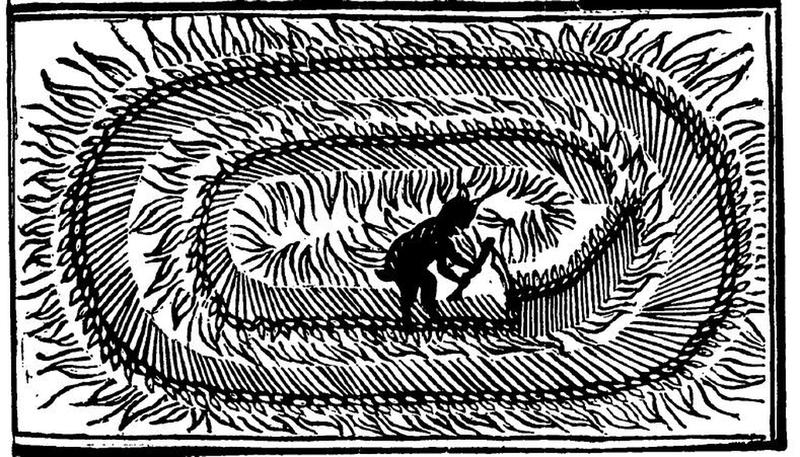
The mowing devil from Hartfordshire in 1678 on https://historydaily.org/
An ancient image from 1678 shows a devil making circular figures in the grain with a scythe. The mysterious forms in the grain were therefore long attributed to diabolical forces. And so some features continue to cause confusion:
- Over time, the crop circles have become increasingly complicated in shape and symmetry. Figures that can only be drawn through a computer appear in corn fields, often in a very short time.
- Some crop circles have a diameter of 2 kilometers. One can only look a hundred meters ahead on the ground. The whole was therefore only recognizable from the air.
- Sometimes only the halls are gnagged and all in the same direction.
- Poppies and other plants in a crop circle have remained upright amid the curved grain.
- It also occurred that under the upper curved layer is a layer that is bent the other side.
- Once upon a time, an abnormally high amount of pure silicon powder has been found in the circle, in pure form this does not occur in us. Has an alien spaceship landed?
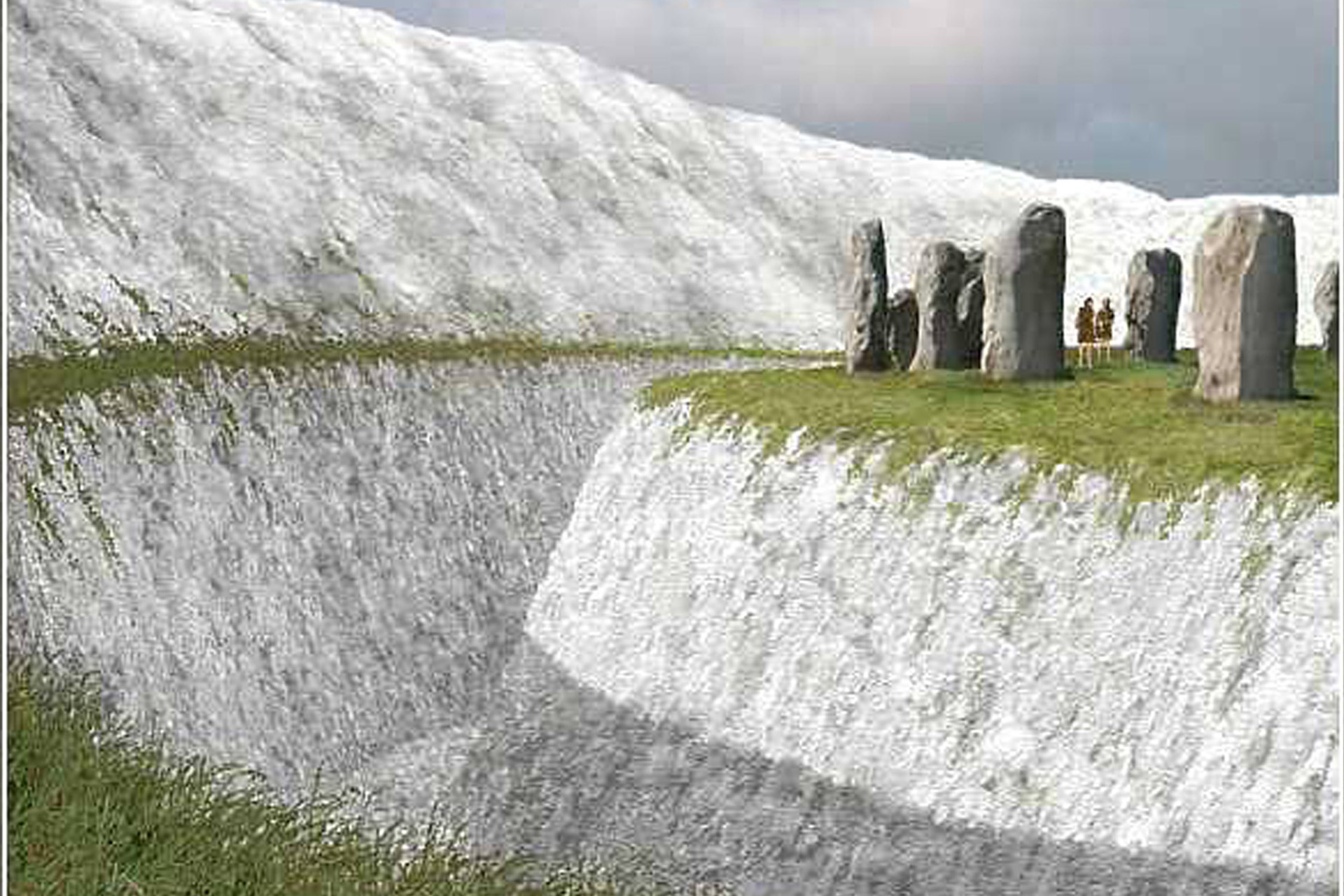



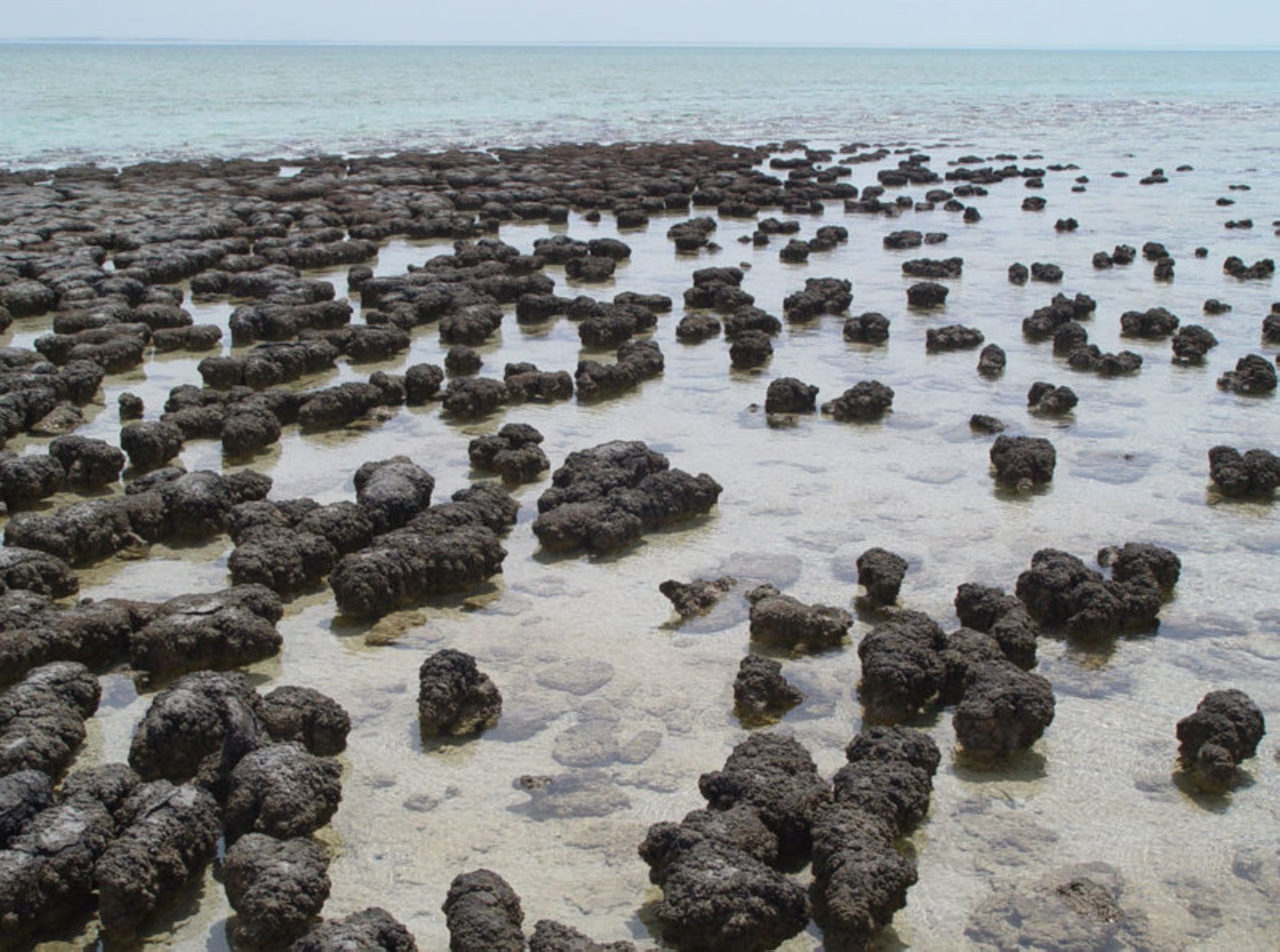
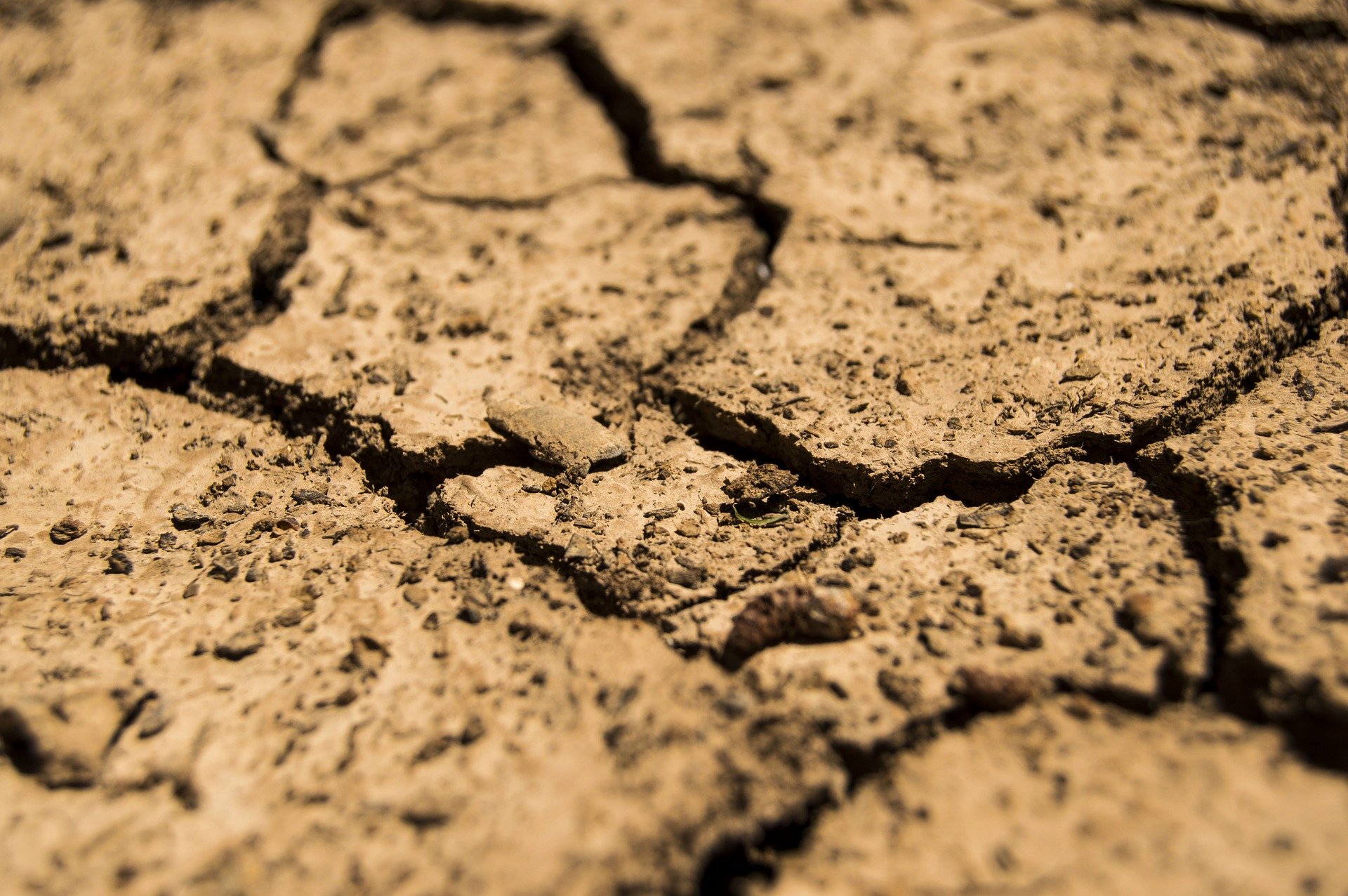
Comments